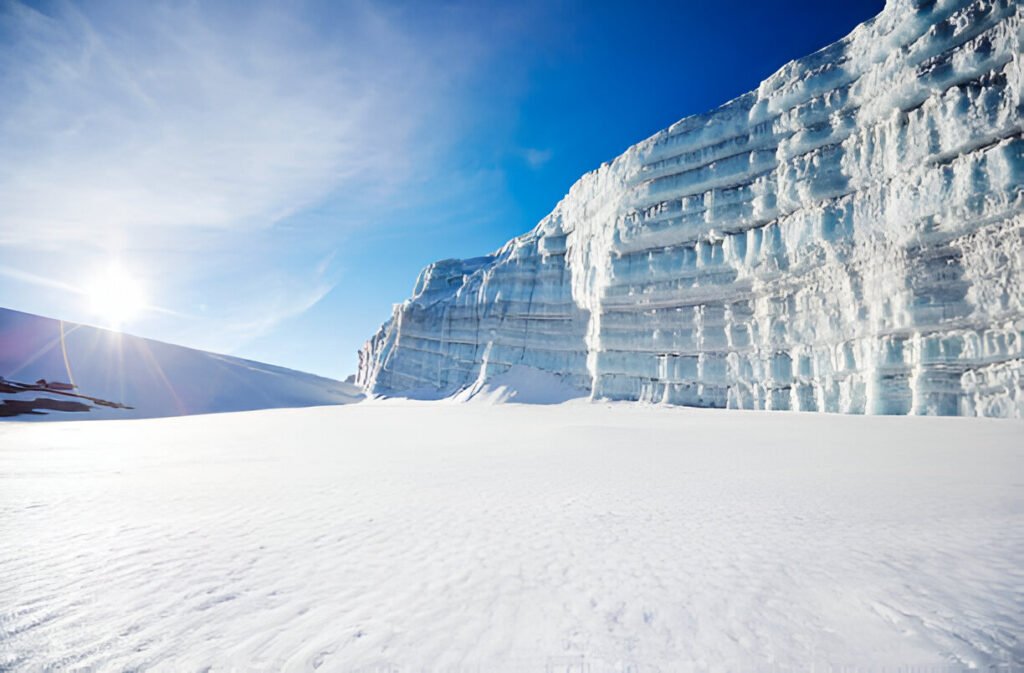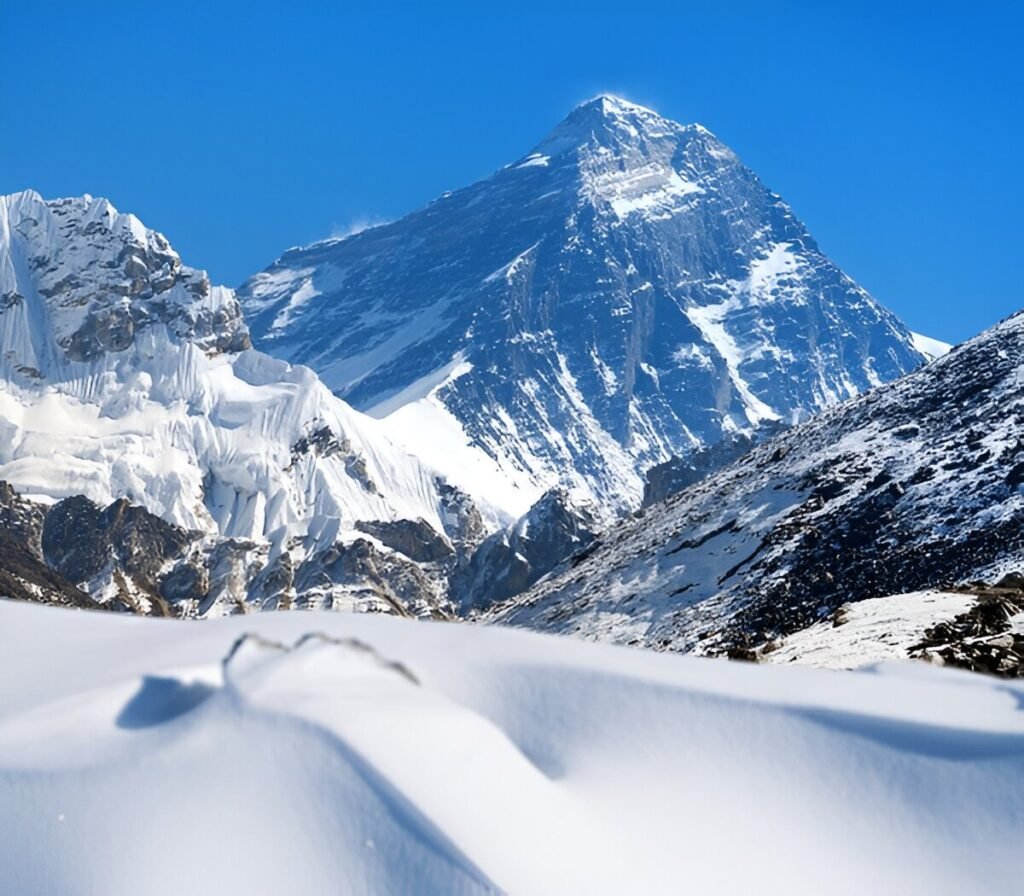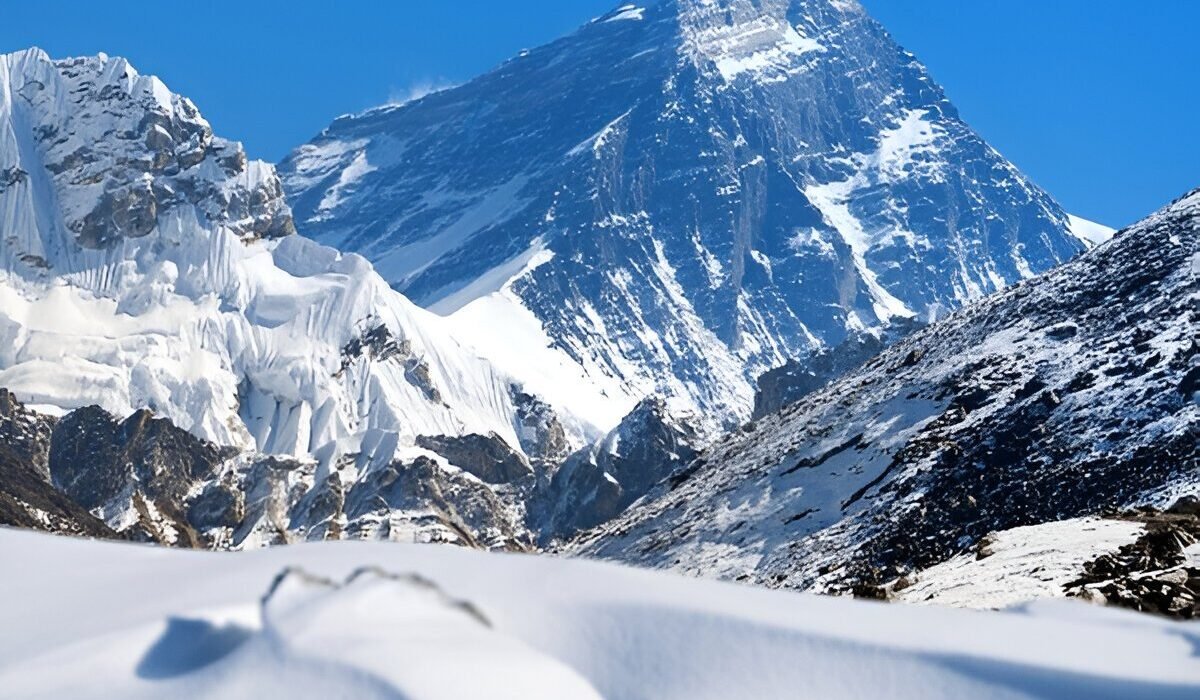Which Is Harder: Kilimanjaro or Everest Base Camp? 2025/2026 For those seeking adventure and challenging trekking experiences, two of the most popular options are climbing Mount Kilimanjaro or trekking to Everest Base Camp. But which is harder: Kilimanjaro or Everest Base Camp? Both routes offer unique challenges, including high altitudes, varying terrain, and physical demands. However, the answer depends on various factors, including elevation, acclimatization time, and trekking conditions.
In this comparison, we will break down the difficulties of both treks, looking at their differences in altitude, terrain, weather conditions, and what makes each journey stand out. Whether you’re planning to climb Kilimanjaro or trek to Everest Base Camp in 2025 or 2026, it’s important to be well-prepared. For detailed information on planning your Kilimanjaro climb, check out Kilimanjaro Climb Specialist, or if you’re looking for a full trekking experience in Africa, visit Eddy Tours and Safaris.

Which Is Harder: Kilimanjaro or Everest Base Camp? 2025/2026 Altitude and Acclimatization
Mount Kilimanjaro
Kilimanjaro is Africa’s highest peak, standing at 5,895 meters (19,341 feet). The climb to the summit typically takes 5 to 9 days, depending on the route you choose. One of the biggest challenges is the rapid altitude gain, as the trek starts at around 1,800 meters and ascends to the peak within a short time. The lack of a gradual acclimatization process makes altitude sickness a common issue for climbers.
- For tips on managing altitude sickness, visit Altitude.org.
Everest Base Camp
The trek to Everest Base Camp reaches an altitude of 5,364 meters (17,598 feet). While Everest Base Camp is slightly lower than Kilimanjaro’s summit, the trek offers a more gradual ascent, taking about 12 to 14 days to complete. This slower pace allows trekkers to adjust to the higher altitudes more comfortably, reducing the risk of altitude sickness.
- Find acclimatization tips at Trek Everest
Verdict:
Kilimanjaro is harder in terms of rapid altitude gain and shorter acclimatization time. The Everest Base Camp trek, although long, provides a more gradual acclimatization process.

Which Is Harder: Kilimanjaro or Everest Base Camp? 2025/2026 Trekking Duration and Distance
Mount Kilimanjaro
The duration of the Kilimanjaro climb varies between 5 and 9 days, depending on the route chosen. The most popular routes, such as the Marangu Route or the Lemosho Route, average about 6 to 8 days. The trek involves steep ascents, with long stretches of hiking, sometimes for 8 to 10 hours a day, especially during summit night.
- For more on Kilimanjaro trekking routes, visit Mountain IQ.
Everest Base Camp
The trek to Everest Base Camp usually takes 12 to 14 days, covering a total distance of around 130 kilometers (80 miles). The daily trekking distances are shorter than those on Kilimanjaro, but the trek involves gradual climbs and descents, with an average of 4 to 7 hours of walking each day.
- Learn more about Everest Base Camp trekking at Himalayan Treks.
Verdict:
Kilimanjaro is more intense in terms of daily hiking time and steep ascents. Everest Base Camp requires a longer commitment but offers a more manageable daily trekking schedule.
Terrain and Weather Conditions
Mount Kilimanjaro
Kilimanjaro’s terrain is diverse, with climbers passing through five distinct climate zones: rainforest, heath, moorland, alpine desert, and the summit’s arctic conditions. The summit night is often considered the most difficult, as temperatures can drop to -20°C (-4°F), and the terrain becomes icy and steep.
- For more on Kilimanjaro’s climate zones, visit Tanzania National Parks.
Everest Base Camp
The Everest Base Camp trek passes through mountain villages, forests, and alpine terrain. The route can be rocky and challenging, but there are no steep, icy sections like those found on Kilimanjaro’s summit night. Temperatures can drop significantly at night, especially at higher altitudes, but overall, the terrain is less extreme than Kilimanjaro.
- For insights into Everest trekking conditions, visit Nepal Trekking Info.
Verdict:
The terrain on Kilimanjaro is tougher, especially during summit night, when climbers must deal with icy slopes and frigid temperatures. Everest Base Camp offers more stable terrain, though the trek is longer.
Difficulty of the Summit Night vs. Everest’s Highest Point
Mount Kilimanjaro
The most challenging part of climbing Kilimanjaro is summit night, where climbers begin the final push to Uhuru Peak at midnight. The ascent is steep, cold, and exhausting, requiring 6 to 8 hours to reach the summit before descending back to base camp. The combination of altitude, exhaustion, and extreme cold makes summit night the hardest part of the climb.
- For summit tips, check out Summit Post.
Everest Base Camp
Unlike Kilimanjaro, the goal of the Everest Base Camp trek is not to reach a summit but to arrive at the base of the world’s highest peak. The highest point on the trek is Kala Patthar, at 5,545 meters (18,192 feet), which offers incredible views of Everest. The trek does not involve extreme cold or steep summit ascents like Kilimanjaro’s final push.
- Discover more about Kala Patthar at Everest Trek Guide.
Verdict:
Kilimanjaro’s summit night is significantly harder than the highest point on the Everest Base Camp trek. The freezing temperatures and steep, icy climb to Uhuru Peak present a greater challenge.
Support and Facilities on the Trek
Mount Kilimanjaro
On Kilimanjaro, you’ll have the support of guides, porters, and cooks throughout the climb. The porters carry the majority of your gear, allowing you to focus on the climb itself. The Marangu route also provides hut accommodations, while other routes require camping.
- For more on porter services on Kilimanjaro, visit Kilimanjaro Porters Assistance Project.
Everest Base Camp
The Everest Base Camp trek is supported by teahouses along the route, offering meals and basic accommodations. While there are no porters for every trekker, you can hire them if needed. The infrastructure is better established than on Kilimanjaro, with more comfortable lodgings along the way.
- Find more on teahouse trekking at Nepal Trekking Guide.
Verdict:
Everest Base Camp offers more comfortable facilities along the way with teahouses, while Kilimanjaro relies on camping or huts, depending on the route.
Which Trek Should You Choose?
Both Kilimanjaro and Everest Base Camp offer rewarding and challenging experiences, but which trek you choose depends on what you’re looking for.
- Choose Kilimanjaro if you want a shorter, more intense trek with the goal of reaching the summit of Africa’s highest peak.
- Choose Everest Base Camp if you prefer a longer trek with a gradual ascent and the chance to see the world’s highest mountain up close.
For more details on organizing your Kilimanjaro trek, visit Kilimanjaro Climb Specialist. If you’re ready to book a custom safari or trekking experience, check out Eddy Tours and Safaris for professional guidance.
FAQs: Which Is Harder: Kilimanjaro or Everest Base Camp? 2025/2026
1. Which trek is physically harder?
Kilimanjaro is physically harder due to the rapid altitude gain and the steep ascent during summit night. Everest Base Camp is longer but offers a more gradual trek.
2. Do I need technical climbing skills for Kilimanjaro or Everest Base Camp?
No technical climbing skills are required for either trek. Both Kilimanjaro and Everest Base Camp are non-technical treks, but a good fitness level is necessary.
3. Is altitude sickness more common on Kilimanjaro or Everest Base Camp?
Altitude sickness is more common on Kilimanjaro due to the faster ascent. Everest Base Camp offers more time to acclimatize, reducing the likelihood of altitude sickness.
4. What is the best time to climb Kilimanjaro or trek to Everest Base Camp?
The best time to climb Kilimanjaro is from January to March and June to October. The ideal time for Everest Base Camp is from March to May and September to November.
For more information on these treks, visit Summit Post.

